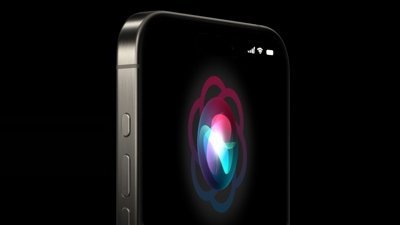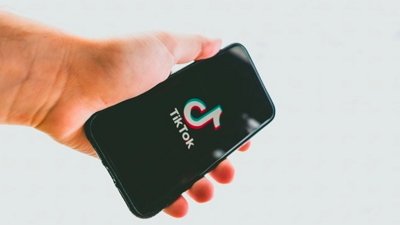Geekbench ML 0.6 lets you directly compare Mac against iPhone
A new preview of Geekbench ML 0.6 brings the machine learning benchmark tool to more platforms, with macOS included in the list for the first time alongside iOS.
From the same creators of the standard Geekbench benchmark suite, Geekbench ML aims to provide users with a guide to how fast their hardware can perform machine learning tasks. These can include natural language processing and computer vision, for example, which work better using hardware made for machine learning than a normal CPU or GPU.
While earlier versions have been available for iOS and Android, the latest iteration of Geekbench ML version 0.6 now works on a lot more platforms, along with other changes. The platforms include Windows, Linux, and macOS.
Available from the company's downloads page rather than the Mac App Store, Geekbench ML can now allow Apple ecosystem users to compare their Apple Silicon Mac against their iPhone, since both use a form of Apple's Neural Engine. A direct comparison can also be made, as GeekBench claims to use the same models and data sets across all supported platforms.
The frameworks used in Geekbench ML 0.6 have also been updated for this release, with the team supporting newer and better frameworks across the board. For Mac and iOS, it uses Core ML directly, which is said "better reflects modern app use cases."
New and improved workloads
Task changes in version 0.6 includes three entirely new elements.
A Depth Estimation test is designed to trial advancements in computational photography, specifically software-assisted portrait mode effects. A model generates an image which "maps where each pixel corresponds to an estimate of depth for that location in the original image," writes Geekbench.
This sort of data is used by software effects to make changes, such as background blur or to isolate the subject.
The Style Transfer workload trials generative AI, with the example given of an app generating a photograph of a person as if a specific artist painted it. The model takes a content image and a style reference image, blending them to create a modified version.
Image Super-Resolution takes on the common AI task of image upscaling, namely making an image bigger and using AI to create appropriate filler pixels. For Geekbench ML, the test enhances and upscales an image by a factor of four, increasing the resolution and inferring details obscured in the original.
Geekbench has also improved the quantized models, too, from Quantization Aware Training to Post-Training Integer Quantization. It is claimed the new models can result in improved performance and accuracy, and reflect new industry standards in ML.
Due to the changes in tests, it is warned that results in Geekbench ML 0.6 cannot be compared against Geekbench ML 0.5 results. An eventual 1.0 release is expected in 2024.
 Malcolm Owen
Malcolm Owen











 Mike Wuerthele
Mike Wuerthele


 Chip Loder
Chip Loder

 William Gallagher
William Gallagher
 Christine McKee
Christine McKee
 Michael Stroup
Michael Stroup







1 Comment
Just to give everybody an idea of how far we've come in only 6 years, the iPhone 15 Pro Max beats my old iMac 2017 (10 core) in 2 of the 3 Geekbench 0.6 ML benchmarks. The iPhone got CPU, GPU and Neural Engine of 2517,3560, and 6024 respectively. The iMac, with its AMD Radeon RX 6900 XT eGPU, scored 475, 4618, and 4681. It took a dedicated GPU to outperform an iPhone! I'd love to see the results of the M3 Max on this test!